Leveraging Fashion Trends For Apparel Design
In this article, we explore insights from fashion experts, designers, and technology, and the impact they have on present, and upcoming trends in fashion design.
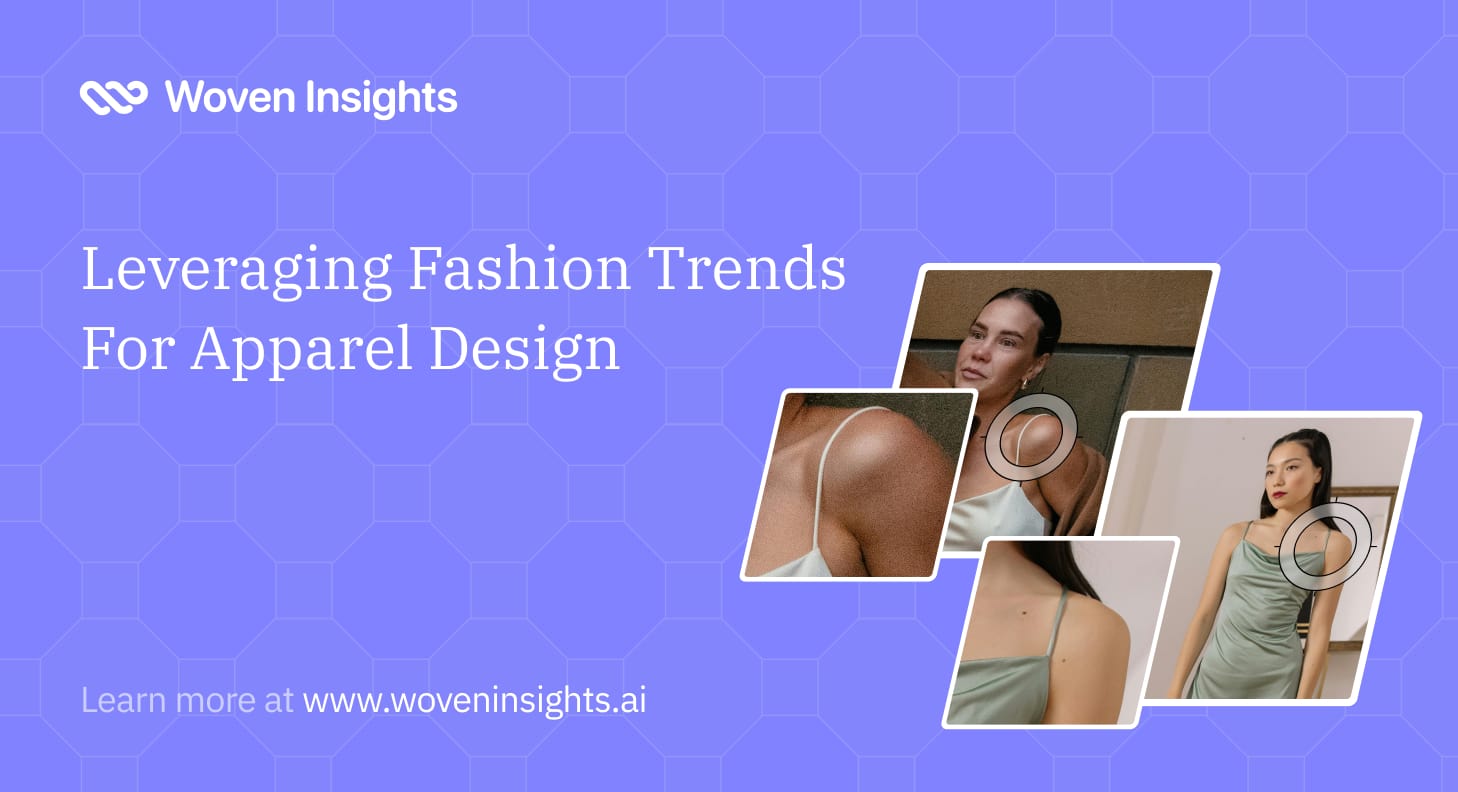
Introduction
Designers constantly battle with balancing the past and current demands of fashion shoppers, while staying ahead of upcoming trends. Effectively leveraging these is key to designing fashion products that resonate with consumers.
In this article, we explore insights from fashion experts, designers, and technology, and the impact they have on present, and upcoming trends in fashion design.
The Impact of Past Trends On Apparel Design
Fashion trends tend to repeat themselves. What was once old often becomes new again, with styles from decades past resurfacing - usually with a modern update. Take, for instance, the return of ‘90s and early 2000s fashion; tie dye, oversized blazers or coat, and bucket hats are all making a comeback.
These trends highlight how nostalgia shapes what consumers want today. The brands that succeed at reviving these looks do so by infusing them with contemporary elements, giving a fresh twist to something familiar.
On the other hand, certain pieces never really go out of style. Staples like the little black dress, trench coat, and denim jeans are prime examples of trends that have proven timeless.
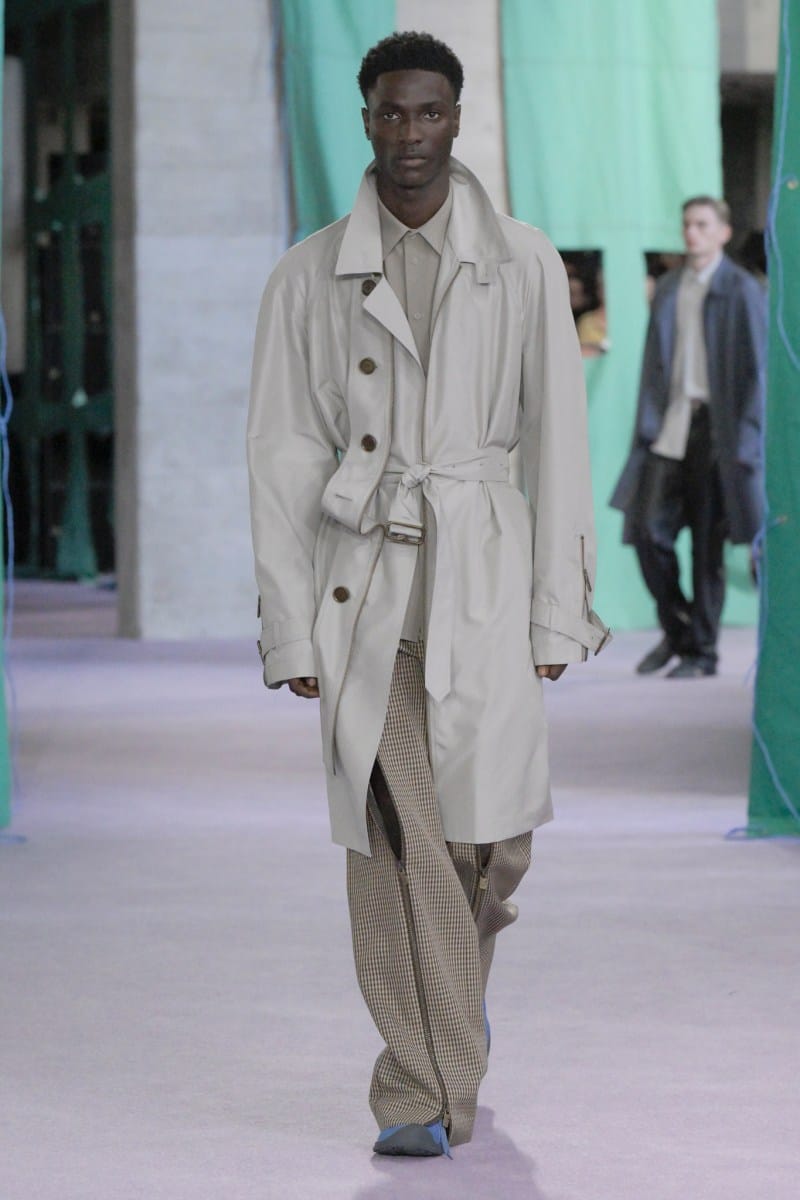
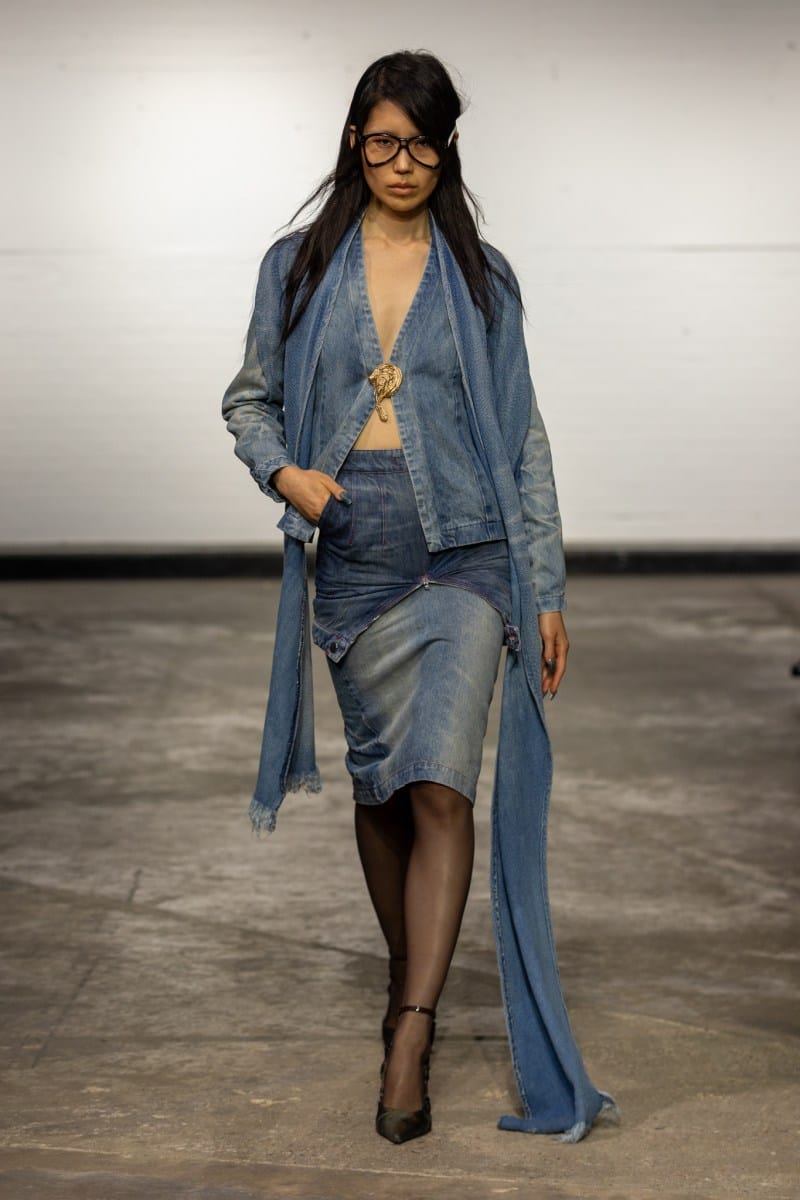
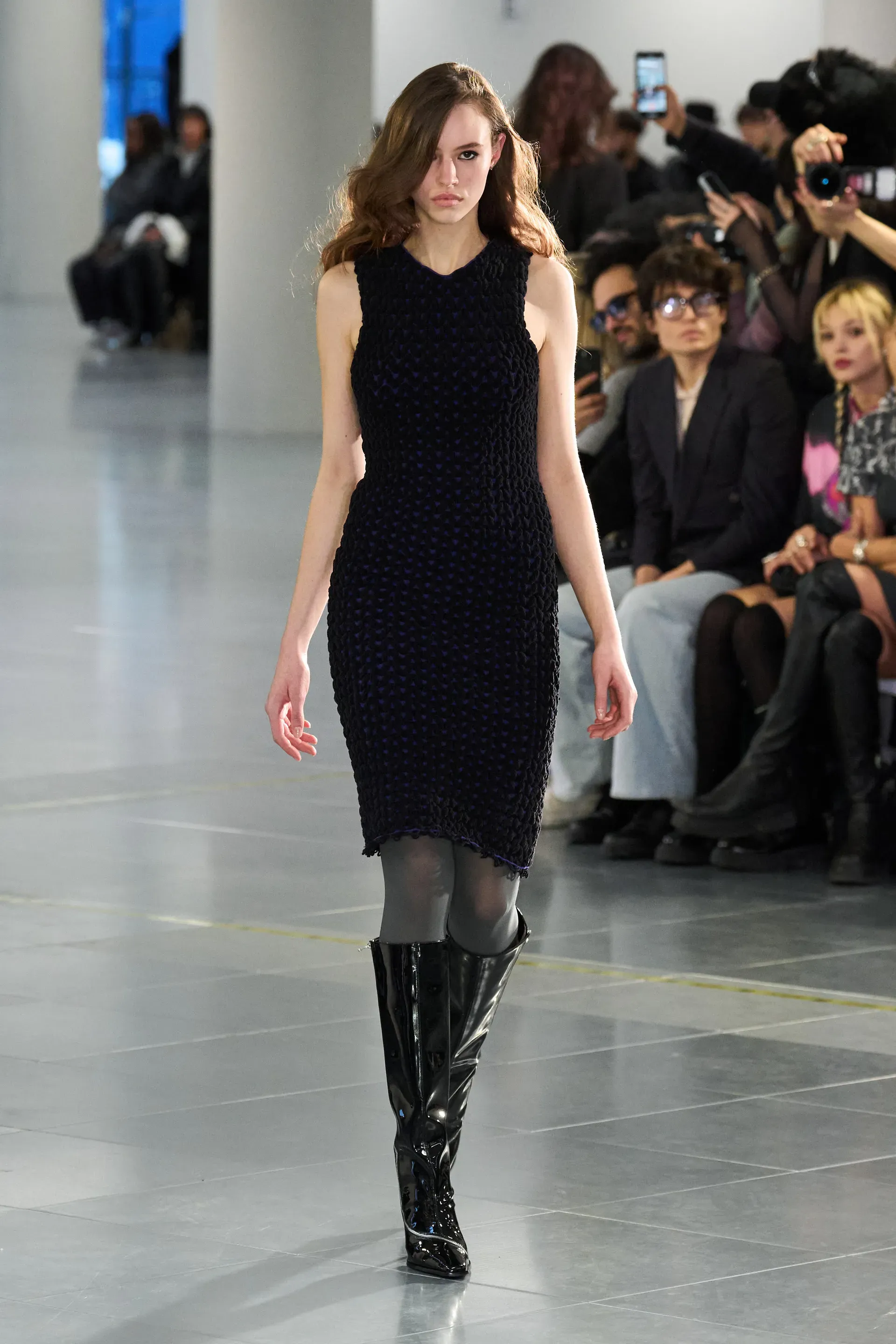
While they may evolve in small ways over the years, these wardrobe essentials continue to serve as the foundation for countless collections, offering designers something solid to build on.
By paying close attention to past trends and patterns, designers can spot which styles are likely to stick around. Incorporating those elements into new collections helps ensure that their designs won’t just be fleeting, but will have staying power in an industry known for its fast-paced nature.
Navigating Current Trends: The Fickle and the Enduring
The fashion industry today is shaped by real-time consumer preferences, cultural shifts, and the fast-paced influence of social media. Current trends often fall into two categories: fleeting fads and enduring movements.
Fleeting fads are trends that explode overnight but have a very short shelf life. Think of things like neon colors, tie-dye, or the resurgence of Y2K-inspired fashion. These microtrends are often fueled by social media and the viral content from influencers. While they offer brands a chance to tap into consumer interest quickly, the window of opportunity is narrow, requiring a fast turnaround before the trend disappears. Designers often advise caution when jumping on these fleeting trends.
On the flip side, Enduring trends have deeper roots and are likely to stick around. Movements like sustainability, minimalism, and gender-neutral fashion are more reflective of cultural values that have long-term staying power.
"Sustainability isn't just a trend, it's the future of fashion." - Virgil Abloh, former creative director of Off-White
Consumers are increasingly seeking out sustainable fabrics, ethical manufacturing practices, and versatile designs, making it clear these trends aren’t just flashes in the pan, they’re setting the stage for the future of fashion.
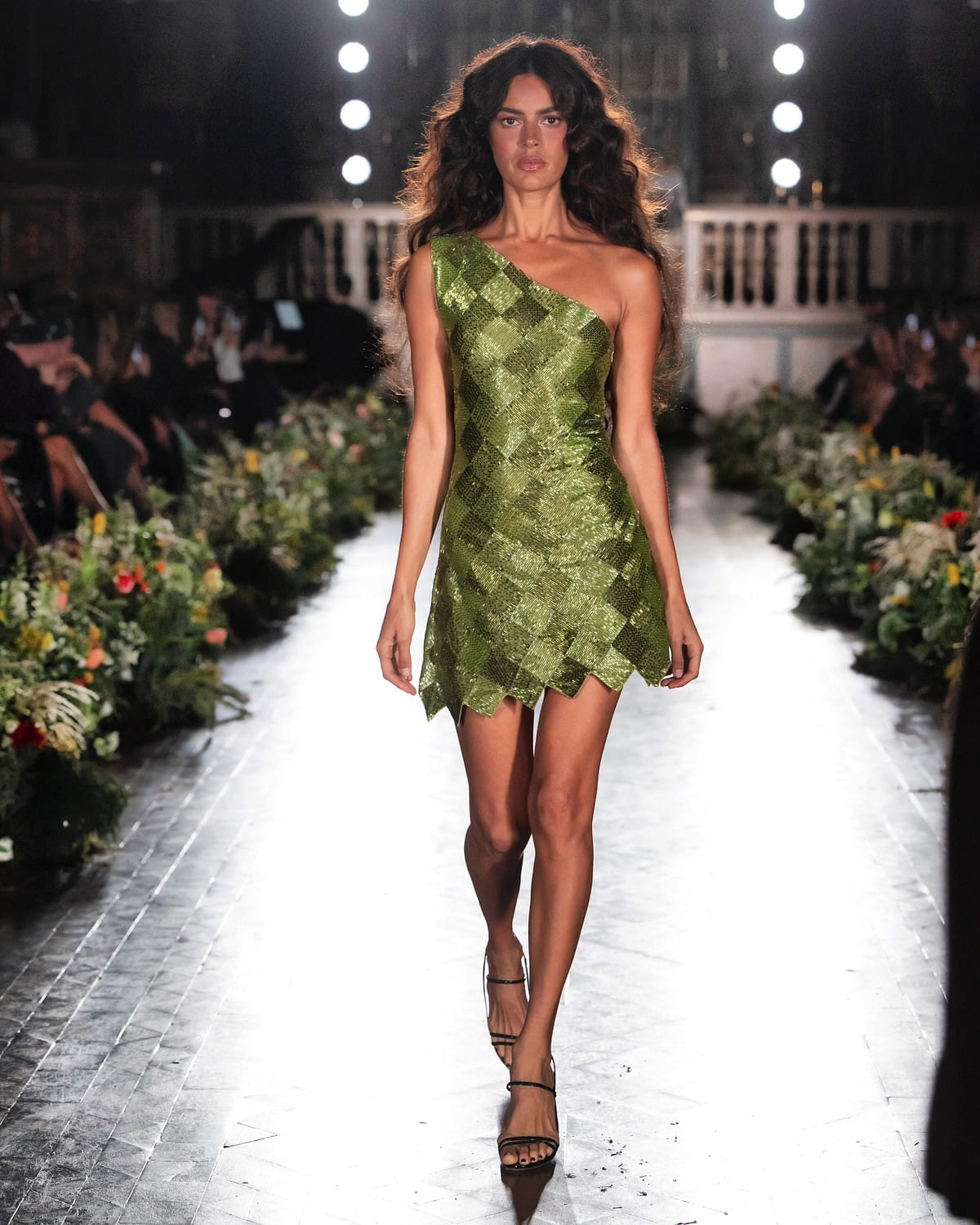
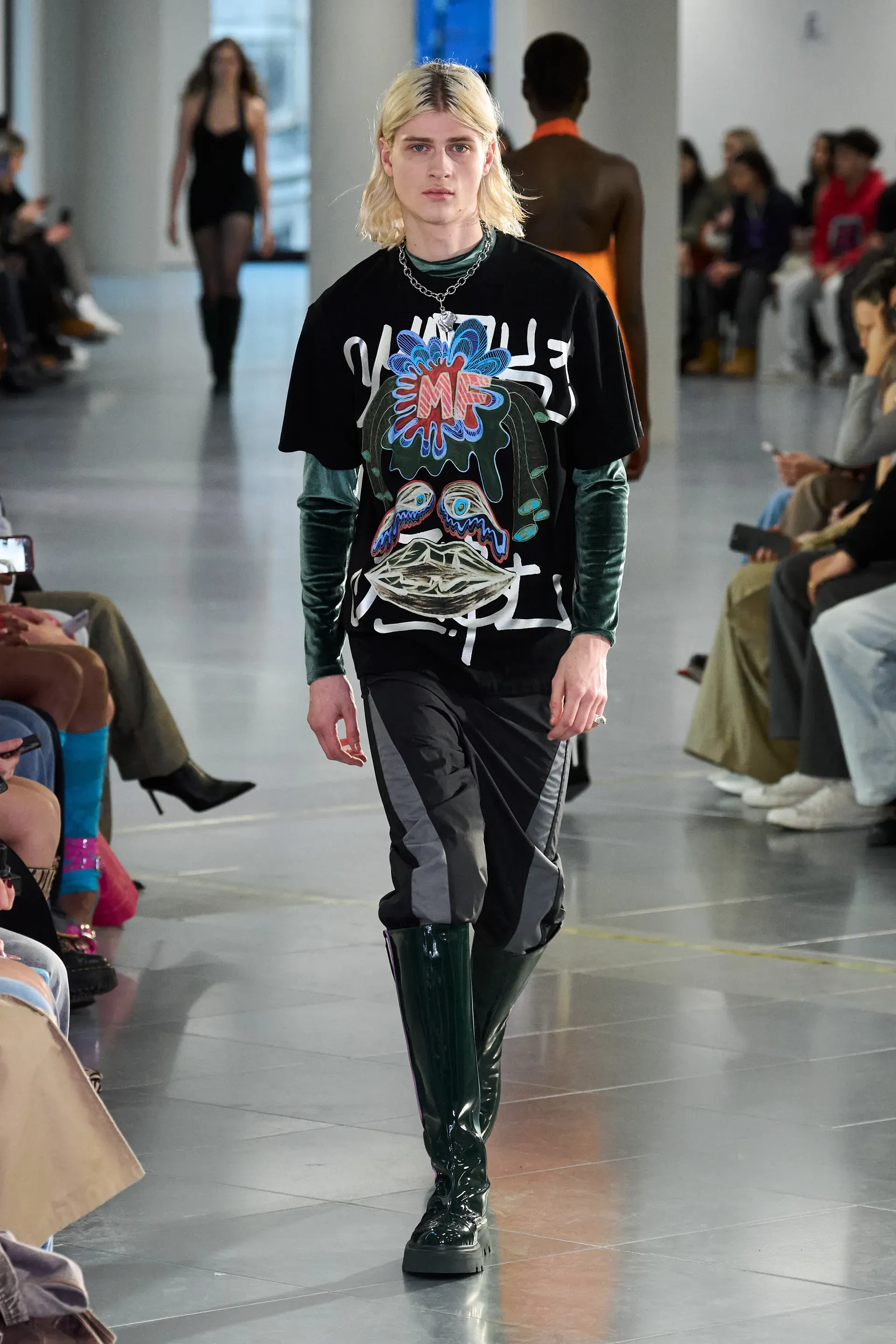
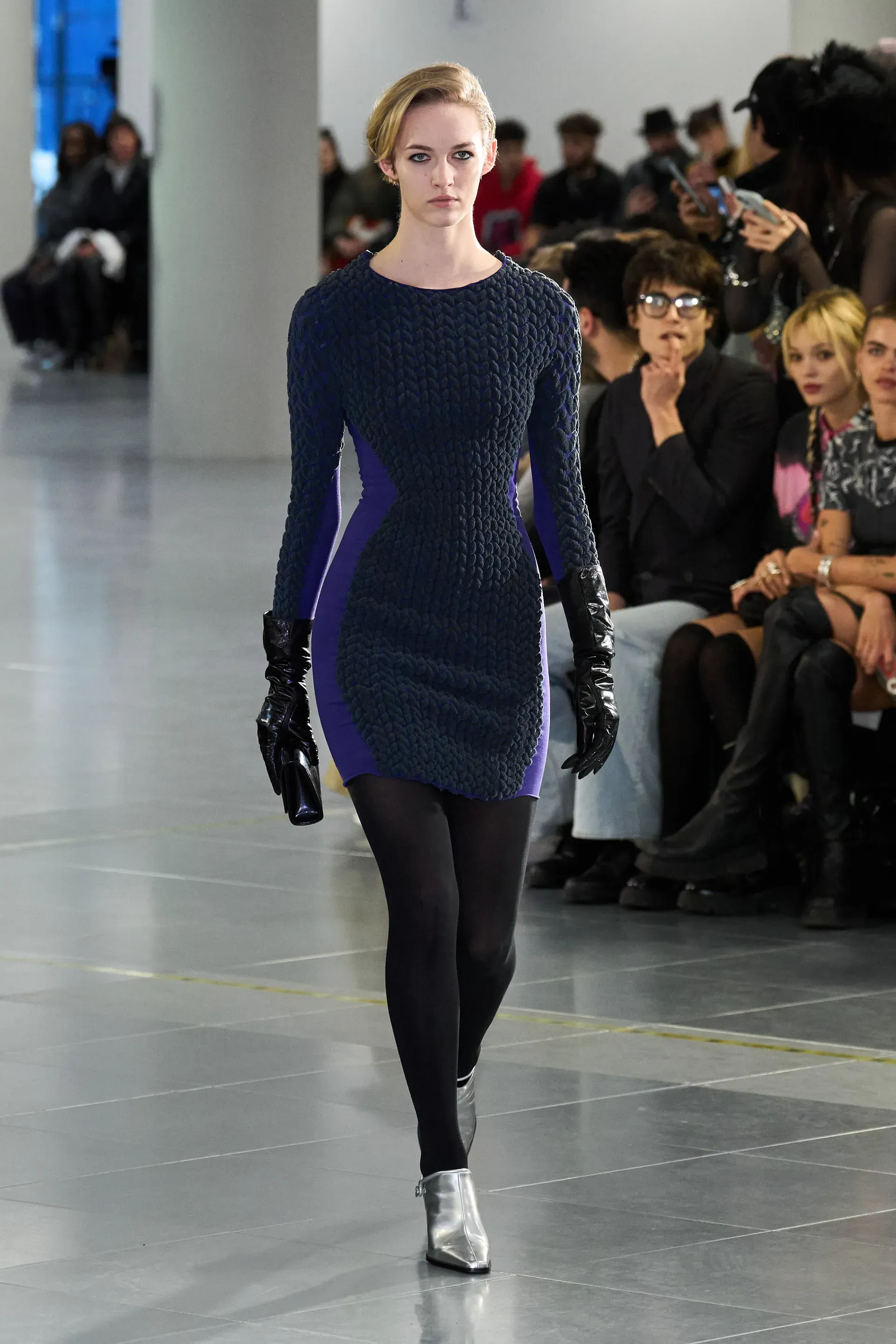
Brands that embrace these values in their designs are setting themselves up for lasting success, rather than chasing the fast fashion whirlwind.
Forecasting Future Trends In Fashion
Forecasting fashion trends requires a deep understanding of cultural movements, consumer behavior, and even technological advancements. While there’s no crystal ball, some tools and expert opinions have proven to be reliable guides in predicting what’s next.
Insights from Trend Forecasting Experts
Some of the industry's most respected trend forecasters like Li Edelkoort, focus on analyzing cultural shifts to predict future trends. Edelkoort, for instance, believes that the fashion world is heading toward a "slow fashion" future. She sees a growing emphasis on craftsmanship, quality, and longevity, a move away from the fast-paced cycles of fast fashion. This kind of expert insight is invaluable to designers who want to create pieces that resonate with the changing values of consumers.
Data-Driven Forecasting with Woven Insights
Today, trend forecasting is increasingly supported by advanced technology, which helps predict shifts in consumer preferences and market trends with greater accuracy. Fashion Data Analytics solutions like Woven Insights generate AI-powered insights for understanding & tracking consumer behavior and product demand.
Introducing Woven Insights
This real-time data allows brands to make informed decisions and respond to emerging trends before they fully develop. With these insights, brands can make more informed decisions, ensuring their designs align with the trends that truly matter to consumers.
With Replenishment Insights, fashion designers can easily identify the most in-demand fashion categories, features, colours and brands in the market per time.
By combining expert opinions, data-driven tools, and an understanding of the cultural landscape, brands can stay one step ahead of the ever-evolving world of fashion.
Using Trend Data to Enhance Apparel Design
Designers and brands can leverage tools like Woven Insights to make more informed decisions about which trends to integrate into their collections. By analyzing current and emerging trends, brands can align their designs with consumer preferences and market demand.
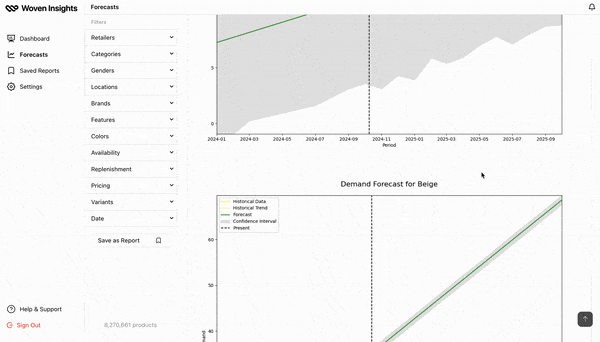
Furthermore, designers often rely on trend forecasting to stay ahead of competitors. The insights provided by solutions like Woven Insights can help brands understand when to pivot their collections or invest in trends with longer staying power.
Conclusion
Finding the right balance between past, present, and future trends is key to leveraging fashion trends effectively for apparel design. Brands and designers who look back to timeless styles, understand current consumer behaviors, and anticipate future shifts are more likely to thrive in the competitive fashion scene.
With the help of expert insights and fashion business intelligence tools such as Woven Insights, fashion professionals can make well-informed decisions that cater to today's demands while preparing for tomorrow's trends. As the industry continues to evolve, those who can skillfully adapt to and integrate trends will be well-positioned to shape the future of fashion.
About Woven Insights
Woven Insights is a comprehensive market analytics solution that provides fashion brands with real-time access to retail market and consumer insights, sourced from over 70 million real shoppers and 20 million analyzed fashion products. Our platform helps brands track market trends, assess competitor performance, and refine product strategies with precision.
Woven Insights provides you with all the actionable data you need to create fashion products that are truly market-ready and consumer-aligned.
Click on the Book a demo button below to get started today.

